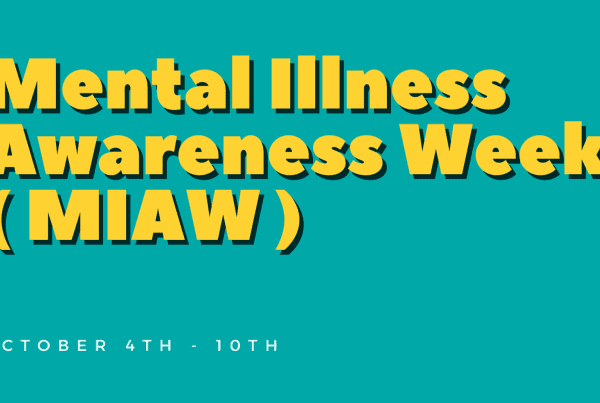There’s no doubt there’s an ADHD epidemic. It’s the diagnosis most often handed out when a child is struggling in school with fidgets, a short attention span, hyperactivity, et al. Typically prompted by a complaint from a frustrated teacher, parents are lead to take the first step toward finding a behavioral solution. A visit to the pediatrician will include having parents and teacher separately fill out a questionnaire. The questions tend to be specific and general–all at the same time. On occasion, the answers fall in line with one another, but sometimes, they do not. In fact, at times, a child will present one way at school and another at home. For example, where the parents’ answers may not indicate the inability to focus, fidgeting or any other emotional anomalies common with ADHD, the teacher’s findings may say otherwise. Theirs may indicate negative, disruptive behaviors present, which are impacting the classroom dynamic. Because ADHD is a real illness and one that debilitates those who have it and creates challenges for those directly effected by it, there needs to be care and diligence when diagnosing it. Is the teacher overreacting? Are the parents not being entirely honest with themselves? Is it a little of both? It takes a skilled mental health practitioner and patience to sort that out.
Keep in mind, some behavioral challenges may be as simple as a child not being mature enough to “handle” the expectations thrust upon them by a numbers-driven educational system or by the institution of school itself. Or it may be the prevalent learning style isn’t compatible with your child—some kids are tactile learners, others are visual, and others can memorize with ease. Learning isn’t a one-size-fits-all experience.
Regardless, ADHD continues to be a widespread diagnostic phenomenon. According to the CDC, “The American Psychiatric Association states in the Diagnostic and Statistical Manual of Mental Disorders (DSM-IV-TR) that 3%-7% of school-aged children have ADHD. However, studies have estimated higher rates in community samples.” This statistic is just for the United States alone.
Recent data from parents, which was also gathered by the CDC shows:
- Rates of ADHD diagnosis increased an average of 3% per year from 1997 to 2006 and an average of 5.5% per year from 2003 to 2007.
- Boys (13.2%) were more likely than girls (5.6%) to have ever been diagnosed with ADHD.
- As of 2007, parents of 2.7 million youth ages 4-17 years (66.3% of those with a current diagnosis) report that their child was receiving medication treatment for the disorder.
- Rates of medication treatment for ADHD varied by age and sex; children aged 11-17 years of age were more likely than those 4-10 years of age to take medication, and boys are 2.8 times more likely to take medication than girls.
Read here for a more extensive listing of statistics.
While there are legitimate diagnoses of ADHD, a question of misdiagnosis has arisen. According to new research by Todd Elder, a Michigan State economist, “approximately 1 million children in the U.S. are potentially misdiagnosed with ADHD.” His argument brings up the issue of giftedness and behavioral issues having resulted in a misdiagnosis of ADHD. Are they valid? We’ll see as I explore this idea in another blog. In the meantime, if you suspect your child is having difficulties, get them help. There is far more internal stigma that occurs when a child is struggling with an untreated mental health issue than the stigma that may occur with the diagnosis itself. It’s up to us as parents, teachers, caregivers, therapists, and counselors to see to it that the youth of our future have their needs met in the way that best benefits them.
When we are able to manage our symptoms, we have a better chance of getting to the root of the cause.
Originally posted on February 24, 2012 @ 10:20 pm








